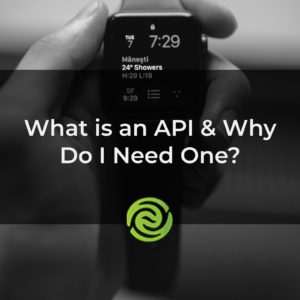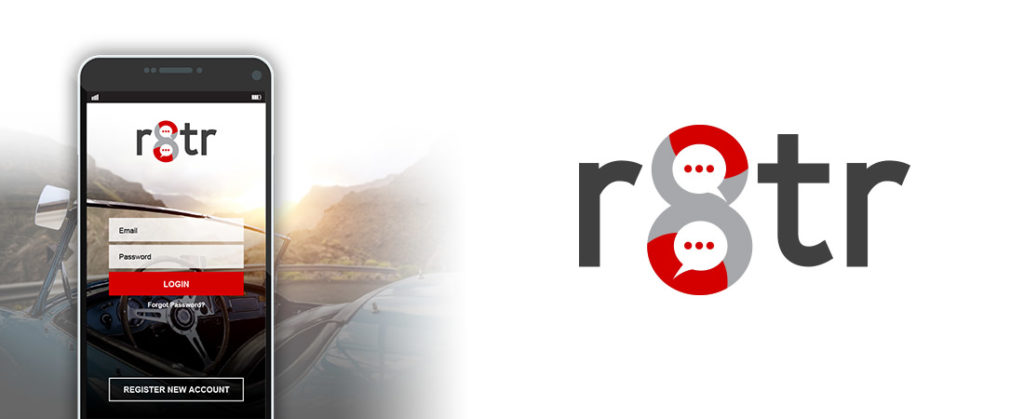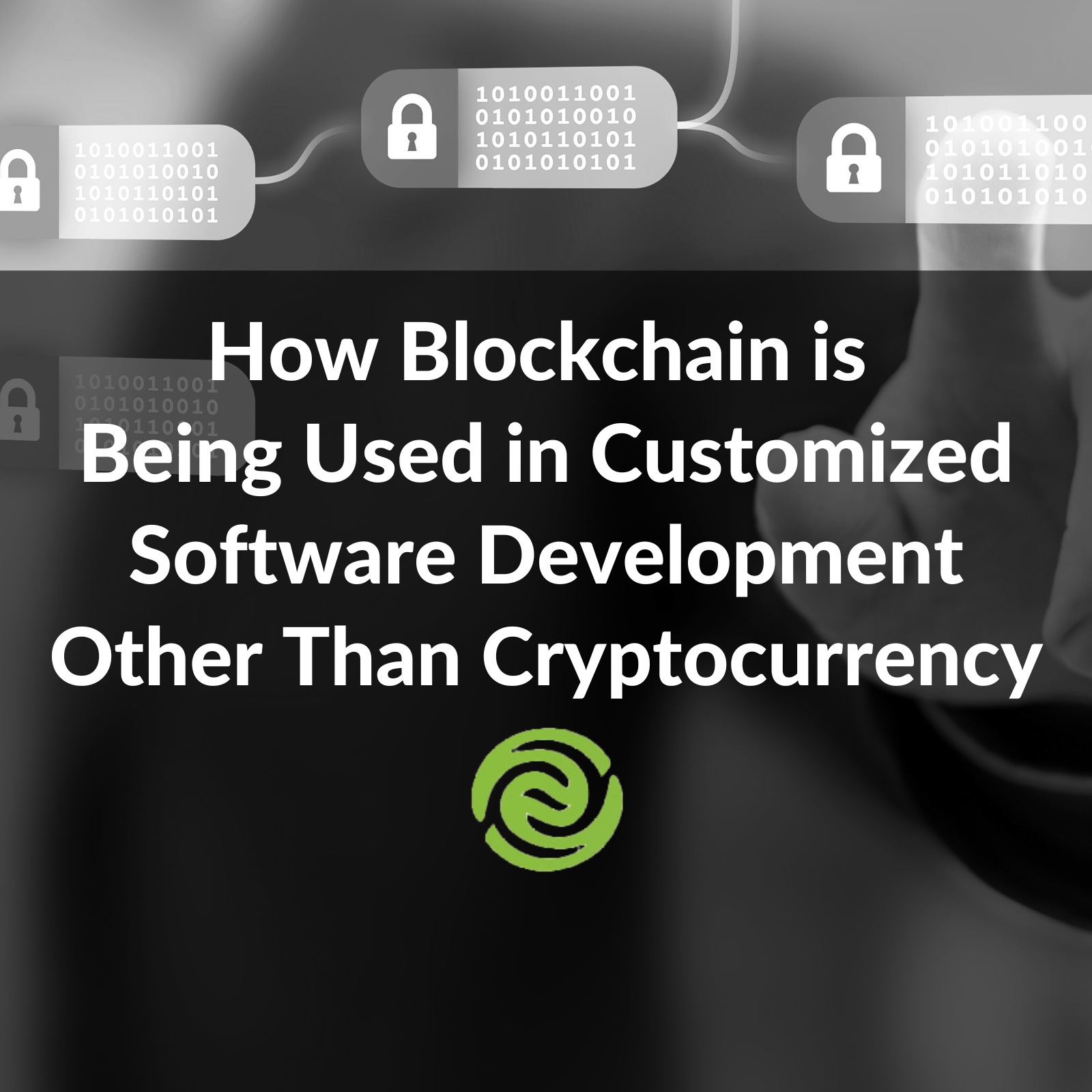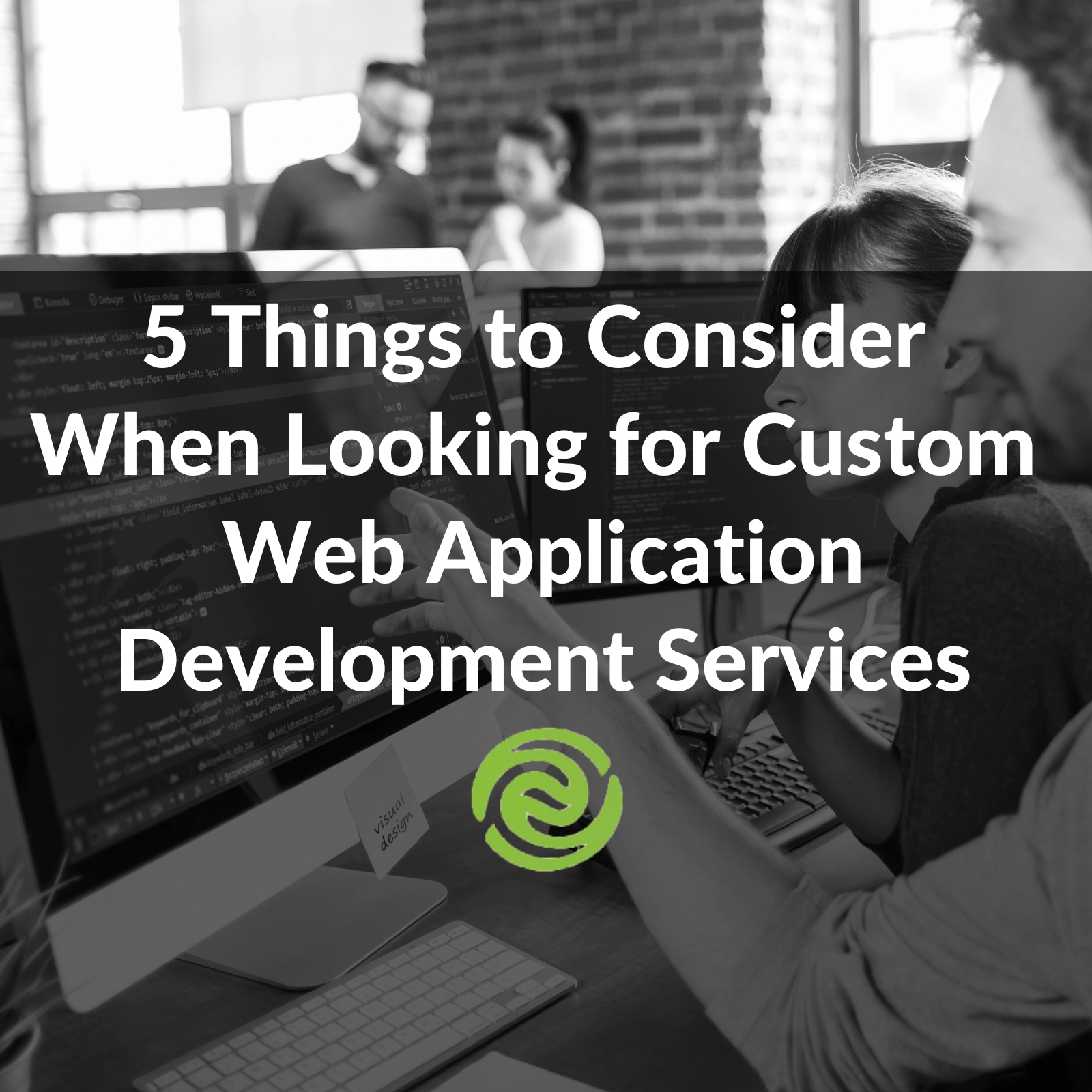You may have heard of Blockchain for cryptocurrency, but did you know this technology also…
What is an API & Why Do I Need One?
 An Application Programming Interface (API) is how two software systems talk to each other. An API is a way for one application programmer to create an interface (software code) for another programmer to communicate with it. It’s just that simple.
An Application Programming Interface (API) is how two software systems talk to each other. An API is a way for one application programmer to create an interface (software code) for another programmer to communicate with it. It’s just that simple.
In business, when one type of software talks to another type of software, an API is the code allowing instantaneous back-and-forth communication. When we use any app, shop on an e-commerce site, or use our banking websites, an API makes our experience possible,
So, what exactly is an API, why do you need one, and how do you get an API?
The Basics of API
An application programming interface is code that lets your software communicate with other software to collect and send and/or receive data. These interactions happen automatically, without any input from you. For example, most of the time you use a mobile app, the mobile app talks with an API that delivers your request and receives a response. If you have business software that populates data to a vendor’s software, it’s using an API to do so.
Let’s look at an example of an API as it relates to how we, personally, use APIs without even knowing it.
Imagine you’re updating your profile in your favorite social media mobile app. When you hit the save button…
- The mobile app calls an API.
- The mobile app shakes hands with the API to confirm they are supposed to be talking to each other.
- The mobile app transmits your profile information to the API (this is called the payload).
- The API receives the payload.
- The API stores your data in a database.
- The API sends back confirmation to the mobile app that the Save function was successful.
All of this happens in nanoseconds. These API conversations happen billions of times per second every minute across the world, with everything from profile updates and credit card transactions to food deliveries and banking.
An API interface is a bit like two people having a conversation. The conversation looks like this…
Posting on my social media app → API → Social media provider → API → My social media app.
“APIs are the glue that connects cloud services,” John Musser, Founder of ProgrammableWeb
The Evolution of APIs
APIs were once referred to as middleware. Middleware started twenty or so years ago as data collectors. Then APIs became extensions of data-driven business processes on web servers, like automated phone calls and invoicing. Then APIs evolved into intelligent interfaces able to solve, manage, and automate entire business operations services, also known as business process automation (BPA) or robotic process automation (RPA).
And then of course, mobile app technology came along. APIs made this a possibility. An API is an essential building block of an app as it is the only interface between the user and the app. Without an API, there would be no means of communication. Kind of like a telephone line. No phone line, no service.
What is the future of APIs? Innovations in cloud technology for even greater holistic, seamless integration of humans and machines, along with artificial intelligence (AI). Fewer touchpoints in business processes and customer solutions. Better user experiences. Greater efficiency.
2 Types of APIs: Consuming API & Offering API
 Consuming APIs (connecting to existing APIs)
Consuming APIs (connecting to existing APIs)
Your customer or vendor just contacted you and said you need to connect your software to theirs to transmit or receive information. You will most likely need to consume their API to make this happen.
This means you will need to either build or buy existing software (custom or off-the-shelf) to connect to their API, send or receive the necessary information, and acknowledge that the transfer of information was successful.
Let’s look at a few examples.
- A manufacturing company needs to consume UPS’® API for shipment tracking via an app or computer.
Manufacturing ERP inventory module → API → UPS → transmits shipment information … UPS → API → Manufacturing ERP inventory module → receive tracking barcode.
- A supplement company sends order processing updates to customers via text messaging.
Supplement Company → API (Sarah’s cell number and message) → Twilio → sends text for updates.
- Bank ABC needs to connect to Lending Tree® or Rocket Mortgage® to source loans.
Bank ABC → API → Lending Tree/Rocket Mortgage.
 Offering APIs (building your own API)
Offering APIs (building your own API)
Let’s say you want to build a great software idea. You know people will need to connect to your system in order to use it, so you offer an API.
- You are a mortgage lending company that builds an API to extend (offer) its products to consumers and/or banks.
You build the API, offer your app to the masses, and they consume your API.
Lending company → API → customers.
A great example of an offering API mobile app is r8tr. Swip Systems helped create the r8tr app, which offers online vehicle and boat buyers the confidence to know that the item they are considering buying is exactly as advertised BEFORE they purchase. It also provides vehicle sellers with prospects far beyond their current marketplace (nationwide) and a revenue stream for paid r8trs – people who want to be the eyes, ears, and hands of out-of-town buyers. This custom-built app uses an offering API to help car buyers and r8trs conduct their business, with an easy user interface and user experience (UI/UX).
R8tr → API → car buyers → API → r8trs.
Why Do I Need an API?
If your company is not planning to build a web application or mobile app anytime soon, why do you need an API? Whatever software you’re using to run your business will most likely already have an API, however, a custom API to simplify complex processes will help you reduce risk in your business and allow you to share vast amounts of information across multiple departments or with external sources. Whoever needs access to your data can get it faster, easier, and more securely.
If you are planning to build a mobile app or web app, then an API is essential to the function of your app.
Benefits of an API
A purpose-built API provides a much higher level of security, better UI/UX, and the potential for greater profitability. Beyond these advantages, building one interface with underlying architecture and hosting infrastructure specific to your needs and growth opportunities can connect multiple platforms for seamless, automated interaction and communication, both internally and externally.
An API:
- Provides easy sharing of data
- Has open architecture
- Offers open communication
- Reduces manual processes
- Reduces the opportunity for mistakes
- Enhances BPA and RPA
- Saves costs
- Saves time
- Reduces risk
- Improves customer service
- Increases transaction volume, thereby increasing sales
- Modernizes your company/brand
How Do I Get an API?
To get an API, you can use off-the-shelf products like Zapier or Automate.io as a no-code way of connecting popular software products and web-based apps to each other. However, depending on your business needs or mobile app idea, you may want to partner with an API development company, like Swip Systems, which can engineer a custom API.
Swip Systems is here to help brainstorm ideas and take a deep dive into your business processes to see where automation makes the most sense. An off-the-shelf or custom API is a great place to begin streamlining your technology, and the good news is that it’s not a huge undertaking, nor will it break the bank. If you have questions about APIs, contact us today for a no-obligation conversation. 877.377.SWIP









